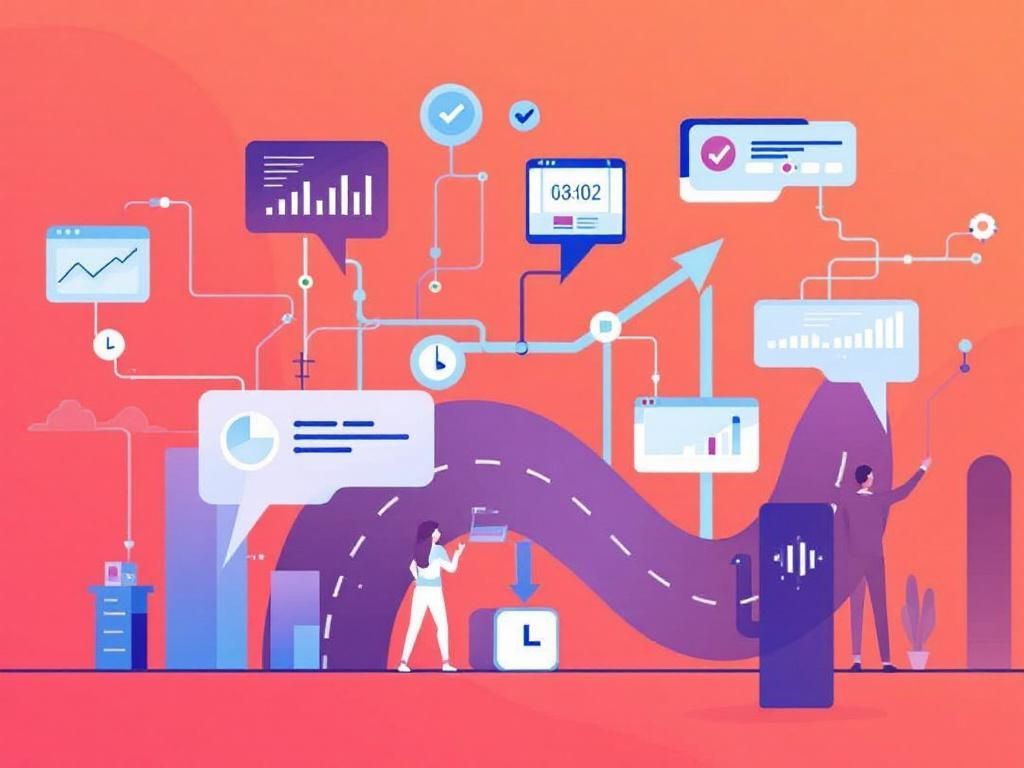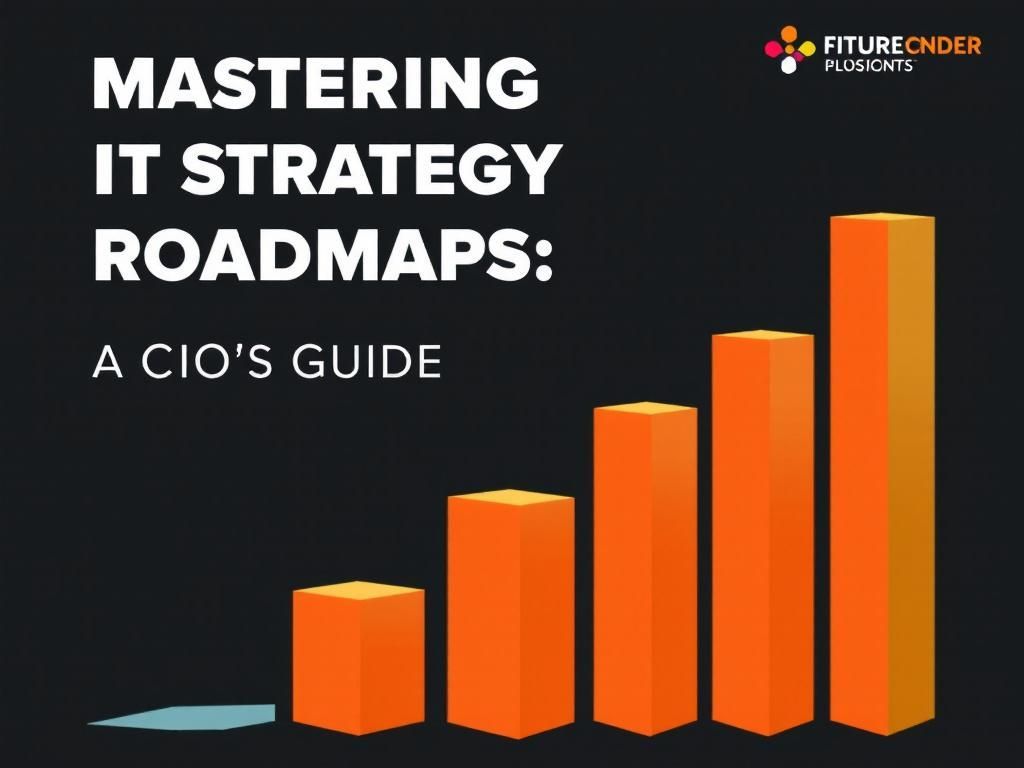Mastering IT Strategy: A CIO’s Roadmap for 2025
Explore essential strategies for CIOs to master IT in 2025, ensuring alignment with business goals and driving digital transformation.

In the rapidly evolving technological landscape, Chief Information Officers (CIOs) must craft strategies that not only address current challenges but also anticipate future trends. As we move towards 2025, the importance of a robust IT strategy will become even more pronounced. This article delves into the essential components of an effective IT strategy for CIOs aiming to lead their organizations into a successful digital future.
Table of Contents
The Foundation of an Effective IT Strategy
Creating a comprehensive IT strategy begins with understanding the business objectives. This foundational step ensures that the technology initiatives align with the overall goals of the organization.
Understanding Business Objectives
Before diving into IT specifics, it’s crucial for CIOs to grasp:
- Current market trends affecting the industry.
- The organization’s mission and vision.
- Stakeholder expectations and requirements.
Aligning IT with Business Goals
Once business objectives are clear, the next step is to:
- Identify key performance indicators (KPIs) that IT can influence.
- Establish a framework for measuring the impact of IT initiatives.
- Communicate the value of IT investments to all stakeholders.
Emerging Technologies to Consider
As technology continues to advance, CIOs must stay informed about emerging trends that could impact their IT strategies. Here are some pivotal technologies to watch:
| Technology | Description | Potential Impact |
|---|---|---|
| Artificial Intelligence (AI) | Machines capable of performing tasks that typically require human intelligence. | Improved operational efficiency, enhanced customer experiences. |
| Cloud Computing | Delivery of computing services over the internet. | Increased scalability, flexibility, and cost savings. |
| Blockchain | Distributed ledger technology for secure transactions. | Enhanced security and transparency in data management. |
| Internet of Things (IoT) | Network of physical devices connected to the internet. | Data-driven insights and improved automation. |
Developing a Cybersecurity Framework
With the rise of cyber threats, a robust cybersecurity strategy is paramount. CIOs should focus on:
Assessing Risks
Regular risk assessments to identify vulnerabilities in the system.
Implementing Best Practices
Some industry best practices include:
- Multi-factor authentication (MFA).
- Regular updates and patch management.
- Employee training on security protocols.
Establishing an Incident Response Plan
In the event of a breach, having a well-defined incident response plan can mitigate damage. Key components include:
- Identification and categorization of incidents.
- Communication strategies for stakeholders.
- Post-incident review and adjustments to the strategy.
Fostering a Culture of Innovation
Encouraging innovation within the IT department can lead to new solutions and improvements. To do this, CIOs should:
Empower Teams
Equip teams with the tools and autonomy needed to explore new ideas.
Encourage Collaboration
Facilitate cross-departmental projects that leverage diverse skill sets.
Invest in Continuous Learning
Promote ongoing training and certification opportunities for IT staff.
Building Strategic Partnerships
Collaboration with external partners can enhance the efficacy of IT strategies. CIOs should consider:
Identifying Key Partnerships
Look for technology providers, consultancy firms, and academic institutions that align with the organization’s goals.
Establishing Clear Objectives
Define what success looks like for these partnerships and how they will be measured.
Measuring Success and Adapting
To ensure the IT strategy is effective, CIOs must continuously measure success and be willing to adapt.
Establishing Metrics
Key metrics could include:
- Return on Investment (ROI) for IT projects.
- User satisfaction and engagement levels.
- Operational efficiency metrics.
Regular Reviews and Adjustments
Conduct quarterly or bi-annual reviews to evaluate progress and make necessary adjustments. This agile approach ensures that the IT strategy remains relevant in a fast-changing environment.
Conclusion
Mastering IT strategy requires a thorough understanding of business objectives, keen awareness of emerging technologies, and a commitment to innovation and cybersecurity. As we look toward 2025, the role of the CIO will be pivotal in navigating the complexities of the technological landscape and driving the organization toward success.
FAQ
What is the importance of IT strategy for a CIO?
An effective IT strategy aligns technology initiatives with business goals, ensuring that IT investments drive value and support overall organizational objectives.
How can a CIO develop a successful IT strategy for 2025?
A CIO can develop a successful IT strategy by conducting a thorough assessment of current technologies, understanding emerging trends, engaging with stakeholders, and setting clear, measurable goals.
What are key trends influencing IT strategy in 2025?
Key trends include the rise of artificial intelligence, the increasing importance of cybersecurity, the shift to cloud computing, and the growing need for data-driven decision-making.
How does digital transformation impact IT strategy?
Digital transformation necessitates a shift in IT strategy to prioritize agility, innovation, and customer-centric solutions, enabling organizations to adapt to market changes quickly.
What role does data analytics play in IT strategy?
Data analytics plays a crucial role in shaping IT strategy by providing insights that inform decision-making, optimize operations, and enhance customer experiences.
How can CIOs ensure alignment between IT and business strategy?
CIOs can ensure alignment by fostering collaboration between IT and other business units, regularly communicating strategy updates, and establishing shared objectives that reflect the needs of the entire organization.






